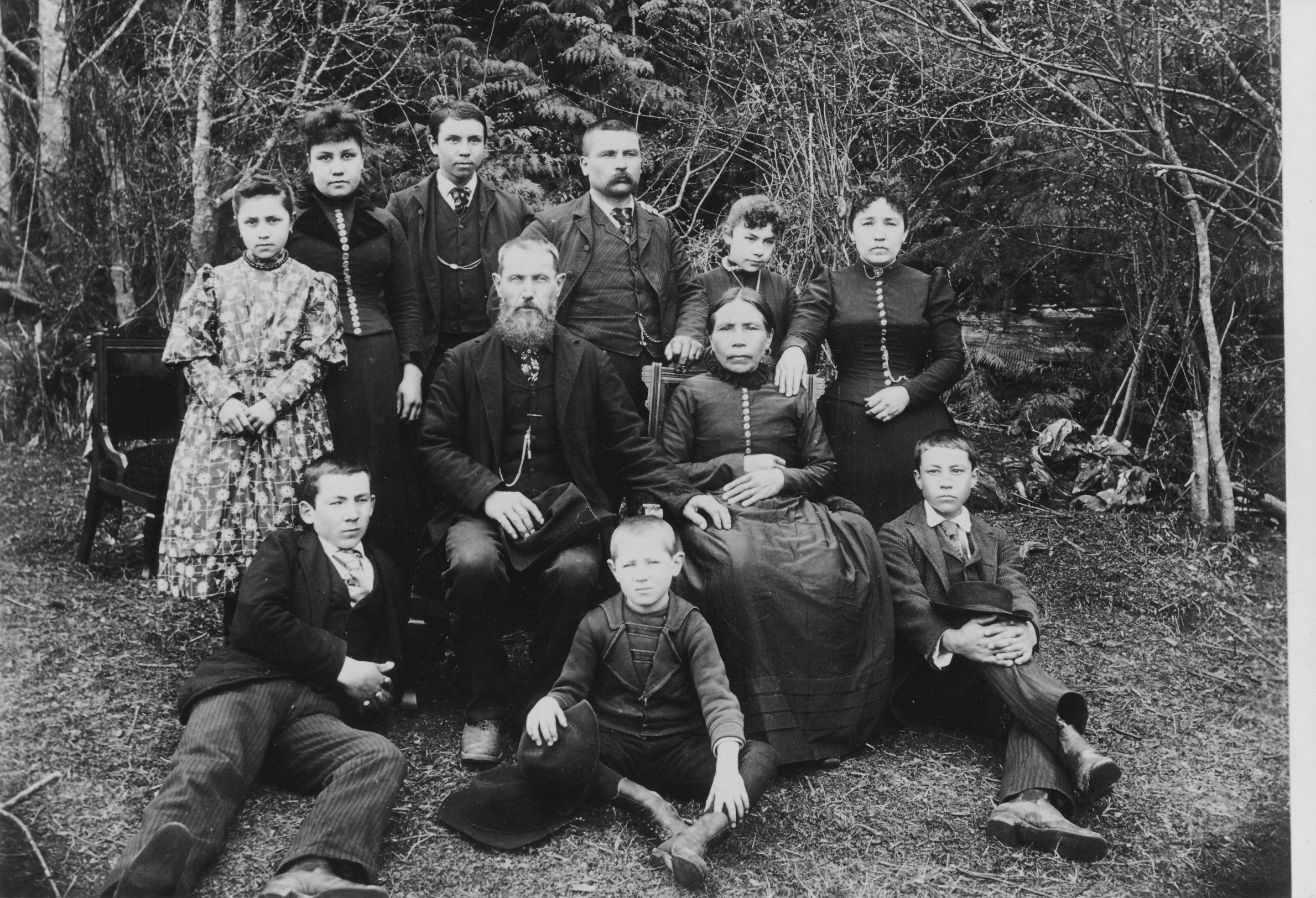
The Growth of Swansonville and Port Ludlow:
1900 - 1950
The late 1890s marked the beginning of the Swansonville community, culminating in the construction of a church in 1904. This era saw the establishment of several families in and around Port Ludlow, who chose to build permanent homesteads in the area, contributing to the growing roots of the community.
In Swansonville and its surrounding areas, local homesteads collaborated to build a chapel for religious services and significant life events. The Christian Congregation of Port Ludlow was officially incorporated on June 18th, 1902, with trustees Hjalmar Johnson, George H. Bates, and M.G. Anderson ensuring that no specific denomination or sect would have control over the organization.
A pivotal moment occurred on November 9th, 1903, when Hans and Helene Swanson deeded a small plot of land to the congregation for the construction of a church. Over the next few years, church members donated materials, with anecdotes suggesting that mill lumber, typically discarded, was painstakingly transported uphill board-by-board in wheelbarrows for the construction.
Tragedy struck in 1912 with the passing of Cyrus Walker. However, in 1916, Port Ludlow's Admiralty Hall was repurposed into a hotel, known as The Admiralty, serving as accommodations for Puget Mill Co. officers, employees, and visitors.
In 1925, the Charles McCormick Lumber Company of Delaware purchased the Puget Mill Co.'s lumber empire for $15,000,000. Subsequently, an annex was constructed behind The Admiralty to accommodate an additional 125 men, equipped with amenities such as steam heat, showers, a barber shop, and a first aid station. By 1927, the mill was employing 400 men and operating at full capacity.
Tragedy struck again in 1936 when Admiralty Hall partially burned, prompting the relocation of the Post Office closer to the highway. In 1938, the Puget Mill Co. filed foreclosure against the McCormick Company and reacquired all holdings in a sheriff’s sale in Port Gamble, leading to the permanent shutdown of the mill in December 1938.
During the 1940s, all buildings except one were moved to Port Gamble and Silverdale. In Port Gamble, the houses were used for mill workers, many of which still stand today. Meanwhile, in Silverdale, the houses were repurposed as WWII wartime housing, reflecting the changing landscape and demands of the era.

RELATED HISTORY SPOTLIGHTS




